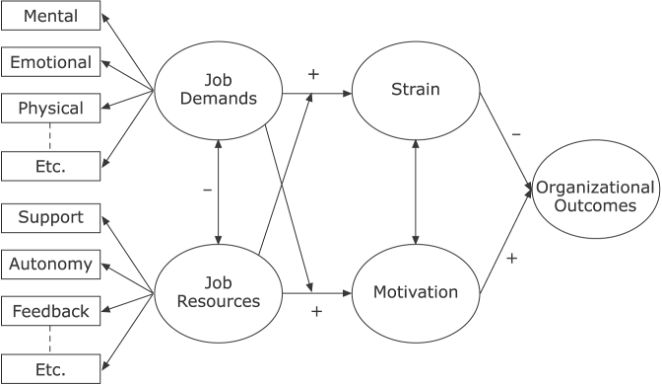
At Clemson University, we’re all about innovation, teamwork, and making a real impact. Whether you’re in a big meeting or just grabbing a coffee, you’re constantly trying to get your point across and inspire others. But let’s be honest, a dry presentation of facts and figures doesn’t always cut it. So, what’s the secret sauce for making your ideas stick? Storytelling!
It might sound old-school, but telling a good story is a superpower in today’s world. It’s not just for campfires and bedtime; it’s a critical skill for any staff member looking to lead, influence, and connect with colleagues (Simmons, 2001).
Your Brain on Stories : It’s All in the Connection
Ever notice how you can zone out during a lecture but hang on every word of a great movie? That’s not just you—it’s your brain! As author Lisa Cron (2012) explains, our minds are naturally wired to crave narratives. When someone tells a story, their brain and your brain actually sync up in a process called neural coupling (Hasson et al., 2010). It’s like a mental high-five that makes you feel connected and helps you understand and remember the message.
Stories tap into the parts of our brain that handle emotions and memory. That’s why a story about a challenge a team overcame is way more memorable than a list of project milestones. It’s not just about what happened, but how it felt. That emotional connection is what truly makes a message stick.
Why Stories Make You a Better Leader (and Teammate)
Think about the best leaders you know. They don’t just give orders; they inspire. They build a culture where everyone feels like they’re part of a bigger mission. As Paul Smith (2005) notes in his work on business narratives, leaders use stories to articulate their vision and build rapport.
A good story can help you:
- Build Trust: Sharing a personal, authentic story—even one about a failure—shows vulnerability and builds rapport. When your colleagues see you as a human, not just a job title, they’re more likely to trust you.
- Clarify Your Vision: It’s tough to get people excited about a new process or project. But frame it as a story where your team is the hero on a quest, and you’re the guide helping them achieve something great (Miller, 2017). Suddenly, it’s not a chore—it’s an adventure.
- Drive Change: Want to get everyone on board with a new idea? Don’t just present the plan. Tell a story about why the change is necessary, what the future will look like, and how they’ll all be part of the solution.
Your Guide to Becoming a Storytelling Pro
Ready to level up your influence? Here’s a simple, step-by-step guide to crafting a powerful story that will grab attention and get results (Dicks, 2018; Biesenbach, 2009):
Step 1: Know Your “Why”
Before you start, ask yourself: What’s the point of this story? What do I want people to do or feel after they hear it? Whether you want to get a project approved or motivate your team, your goal is your compass.
Step 2: Find Your Core Message
Boil your idea down to a single, memorable message. Is it about the power of collaboration? The importance of innovation? This is the theme of your story.
Step 3: Build the Adventure
Every great story has a beginning, a middle with a challenge, and an end where the hero overcomes it. Don’t be afraid to include a little conflict! The struggle is what makes the resolution so rewarding.
Step 4: Make Characters Relatable
Whether you’re the main character or a colleague is, make them relatable. Audiences need to connect with the characters to care about what happens.
Step 5: Sprinkle in Emotion
Use vivid details to make your story come alive. Instead of saying, “The project was difficult,” describe the late nights, the frustrating roadblocks, and the moment of breakthrough. Make people feel what you felt.
Step 6: Stick the Landing
End your story with a powerful resolution that ties back to your goal. Make it clear what the takeaway is and what you want them to do next.
Step 7: Practice!
Practice makes perfect. Rehearse your story out loud and pay attention to your tone, body language, and pacing. The more you tell it, the more natural it will feel.
So, the next time you have an idea to share, think like a storyteller. You’ll be amazed at how a simple narrative can transform your message and help you inspire real change at Clemson.
What is the Ombuds Office?
The Ombuds Office is a confidential, independent, neutral, and informal space for staff to process concerns, get information, and develop options for how to move forward in a difficult situation. I can provide education, conflict coaching, mediation, and facilitation as well as referrals to other resources across Clemson. If you are unsure how to move forward in any way, I can help you work through it.
Michael Scott
Phone: 864-656-6353
Email: mesctt@clemson.edu
Address: 135 Old Greenville Hwy, Ste. 203 (Next to Esso!)
Save the date for upcoming training offered by the Ombuds:
Introduction to Meditation
September 19, 2025 from 9a.m.-12 p.m.
Virtual only, sign up via Tiger Training.
Don’t Tough It Out: Difficult Situations at Work
October 1, 2025, from 9:00 to 12:00
In person at University Facilities Center, sign up via Tiger Training.
Cultivating Resilience
November 3, 2025, from 9:00 to 11:00
In person at University Facilities Center, sign up via Tiger Training.
Emotional Intelligence at Work
November 14, 2025, from 9:00 to 11:00
Virtually only, sign up via Tiger Training.




